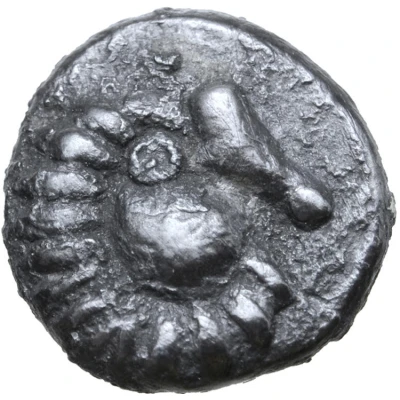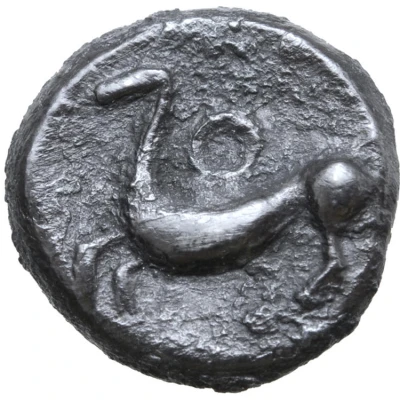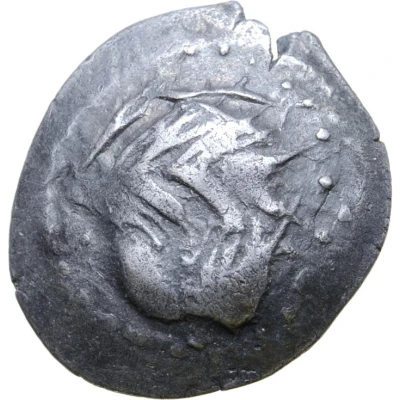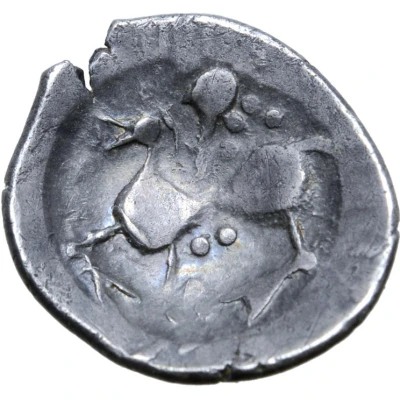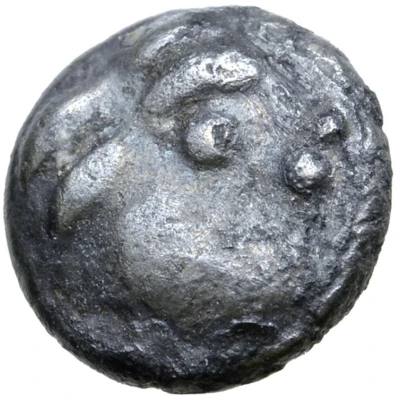
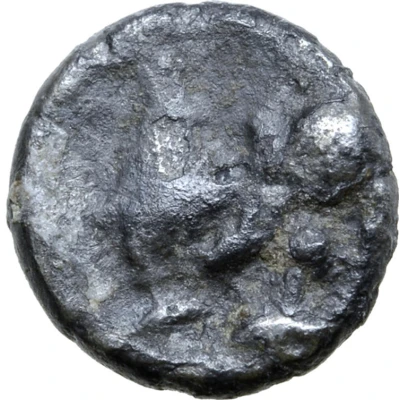

© Roma Numismatics Limited
Obol Kapostal Type 200 BC - 1 BC
| Silver | 0.46 g | 7 mm |
| Issuer | Hercuniates (Central and Eastern European Celts) |
|---|---|
| Type | Standard circulation coin |
| Years | 200 BC - 1 BC |
| Value | 1 Obol (⅙) |
| Currency | Drachm |
| Composition | Silver |
| Weight | 0.46 g |
| Diameter | 7 mm |
| Shape | Round (irregular) |
| Technique | Hammered |
| Orientation | Variable alignment ↺ |
| Demonetized | Yes |
| Updated | 2024-10-09 |
| Numista | N#194742 |
|---|---|
| Rarity index | 100% |
Reverse
Stylised horse prancing to left.
Comment
Examples of this type:• Example #1 (0.46g, 7mm, 6h. Very Fine) - in main image:
◦ Ex-Hermann Lanz Collection; published in Michaela Kostial - "Kelten im Osten. Gold und Silber der Kelten in Mittel und Osteuropa, Sammlung Lanz", München, 1997, #835;
◦ Auctioned by Roma Numismatics Ltd, Auction XVII, 28 March 2019, Lot 218. Estimated at 50 GBP, unsold;
Interesting fact
The Obol coin from Hercuniates was used as a form of currency among the Central and Eastern European Celts during a time of great cultural and economic exchange. Despite its small weight of 0.46 grams, it was widely accepted and valued for its silver content, which made it a reliable medium of exchange for trade and commerce. Its design and minting process were also significant, as they featured unique symbols and markings that represented the cultural identity of the Celts and their skilled craftsmanship. Overall, the Obol coin remains an important artifact and a testament to the rich history and heritage of ancient Europe.
